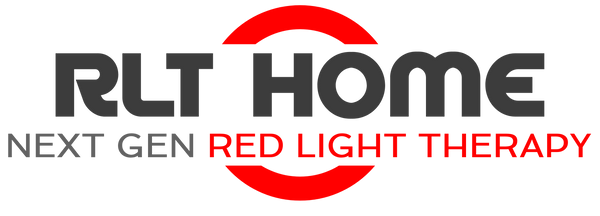Table of Contents
Understanding Lipolytic Activity
Red light therapy (RLT) is becoming more popular in cosmetic medicine and is now known for helping with lipolytic activity, the process of breaking down fats. This process is key for managing weight and keeping our metabolism healthy. Lipolytic activity is important for keeping our energy balance and body shape, as it breaks down stored fats into fatty acids that the body can use for fuel. We will now look at how well red light therapy works for fat breakdown based on scientific data.
The Science Behind Red Light Therapy and Fat
Red light therapy uses specific wavelengths of light to target fat cells, also known as adipose tissue. The light energy is absorbed by the mitochondria within the cells, making them work better and break down fat more efficiently. This can lead to improvements in body contouring and support weight loss efforts. It's a non-invasive method with few known side effects.
Human Studies
1. "Effect of one session of aerobic exercise associated with red light therapy on lipolytic activity"
Findings
This study found that RLT and exercise together boost fat breakdown. People who received RLT at 940 nm broke down more fat than those who just exercised. This shows RLT could be a good addition to an exercise routine for enhanced fat metabolism.
Link to study: Study on Exercise & RLT
2. "Effect of low-level laser therapy on abdominal lipoplasty"
Findings
This study showed that laser therapy at 635 nm reduced belly size and improved appearance after an abdominal lipoplasty procedure. It proves some of the best red light therapy devices can target fat and help shape the body.
Link to study: Laser Therapy in Lipoplasty Research
3. "Low-level laser-assisted liposculpture: clinical results"
Findings
Research found big improvements in appearance from RLT-assisted liposculpture. The 635 nm wavelength was key in cutting down fat layers. This proves the right wavelengths are important for achieving fat loss goals.
Link to study: Liposculpture & RLT Study
4. "Photobiomodulation Therapy as an Adjuvant Treatment for Liposuction Complications"
Findings
This study found RLT at 808 nm helped with liposuction side effects. It shows RLT's role in healing and recovery, not just fat loss. This can be particularly useful for post-procedure care to reduce inflammation and improve outcomes.
Link to study: RLT Post-Liposuction Study
5. "Effects of LED photobiomodulation therapy on the extracellular matrix of human adipose tissue"
Findings
LED therapy with 630 nm and 850 nm wavelengths changed the fat tissue's matrix. This shows RLT's wide effect on fat and overall cell health and structure.
Link to study: LED Therapy & Adipose Tissue Study
Conclusion
These studies prove RLT boosts fat breakdown. It helps with fat loss, exercise, and recovery after procedures. While not a cure all, RLT combined with a healthy lifestyle and one of our RLT Home devices can help improve body shape and health.







